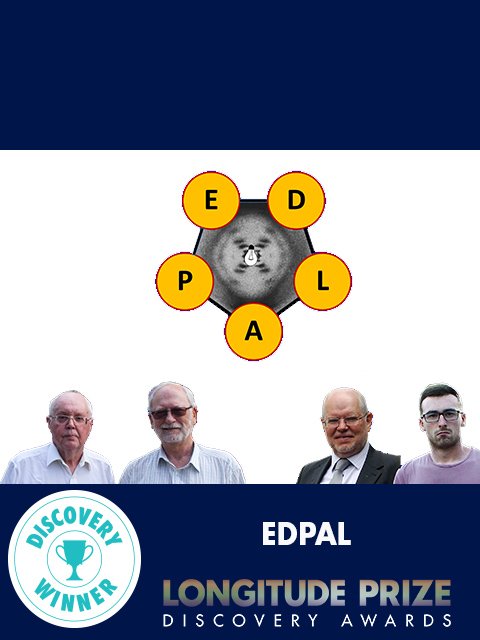This team successfully won a Discovery Award seed-funding grant to help further develop their ideas for their Longitude Prize application and create a diagnostic test that helps solve the problem of global antibiotic resistance. Below we have asked them to explain their test and motivation for applying.
Please explain your test.
Proteins are one of the four macromolecules, sometimes referred to as the building blocks of life. We have a wealth of experience in wool science, which is mainly about studying the proteins in wool and how they interact with other substances. We know that wool proteins can form a variety of colour complexes with other chemicals. We want to find out if the same chemicals would produce different colour complexes with bacterial proteins, which would allow us to identify particular types of bacteria. We are hoping to eventually provide a tool to determine the correct antibiotic for a condition.
Please share a more detailed description of this work from a medical professional’s perspective.
The objective is to design a rapid, simple and inexpensive diagnostic test to identify the most significant gram-negative pathogens. We are transferring our knowledge of wool science, essentially the chemistry and physical properties of proteins, to the protein structures in Gram Negative Bacteria (GNB). On the premise that protein chemistry is the same whether in the structure of wool or GNB we will exploit the ability of the protein elements to select different colour complexing molecules (due to the amino acid sequence/orientation) and use differential staining to classify bacteria into separate categories on the basis of their protein elements and colour complex-elution properties.
Why did you apply and what will the Discovery Award funding be used for in your work?
We considered that it should be feasible to transfer our knowledge of wool protein chemistry and its interactions to this field of endeavour. Our colleagues at Lincoln confirmed that this avenue had not been reported in the literature and agreed to carry out some scoping work to establish the principle. The Discovery Award will be used to part fund a post graduate student to work further on the project and towards a Master’s degree.
What difference will your work make in the long term with regards to antimicrobial diagnostics?
In the long term our work will not stop the misuse of antibiotics where no regulation of their use is present, but it will provide a tool for the focused prescription of the correct antibiotic for the condition to be treated and thereby significantly slow the increase in antibiotic resistance. This will allow additional time to develop new antibiotics and ensure that they are useful for a longer time. Hopefully this will persuade drug companies that it is well worth while investing in new antibiotics for the future.
Who is on your team?
(From left to right in the image above)
Bradford:
Dr. Keith Edmondson
Mr. Mike Palin
Lincoln:
Dr. Ron Dixon
Mr. Joe Brown

